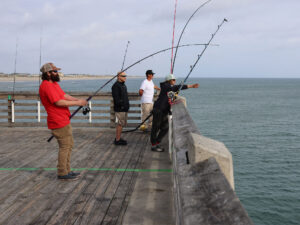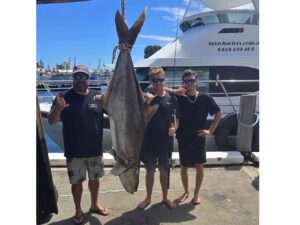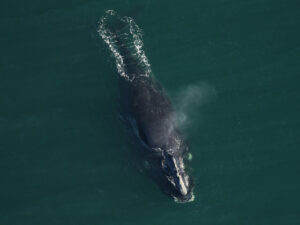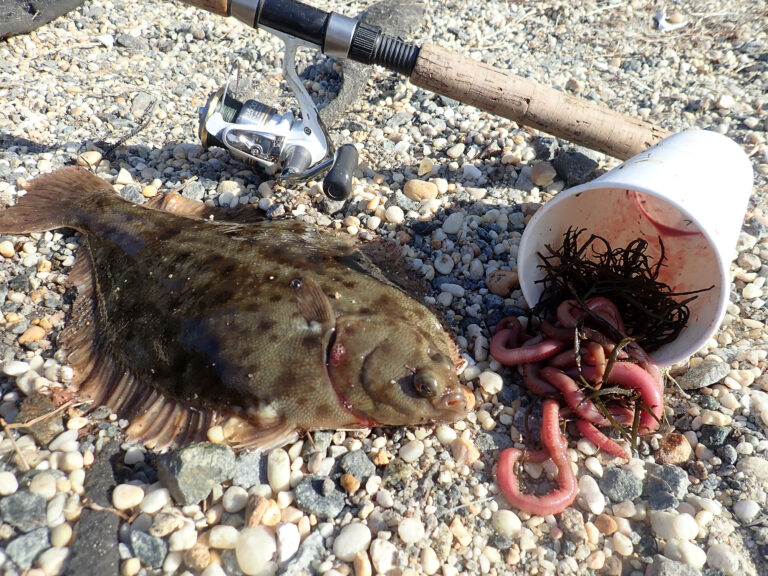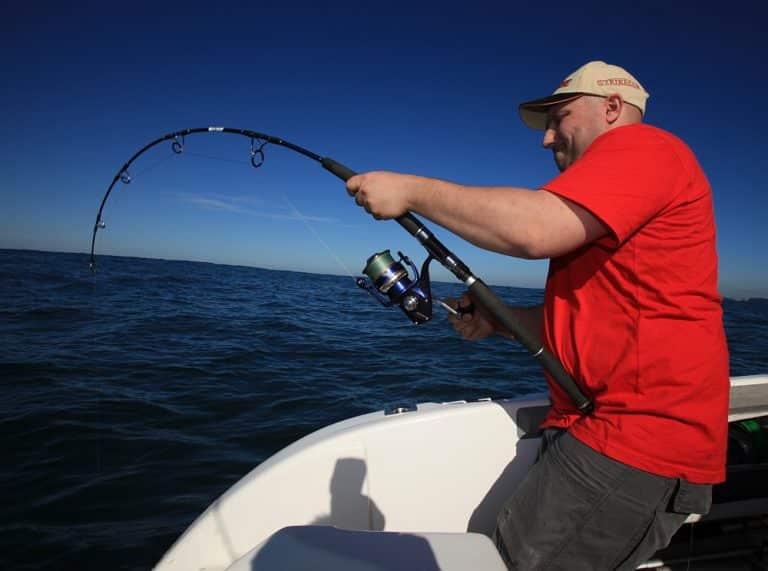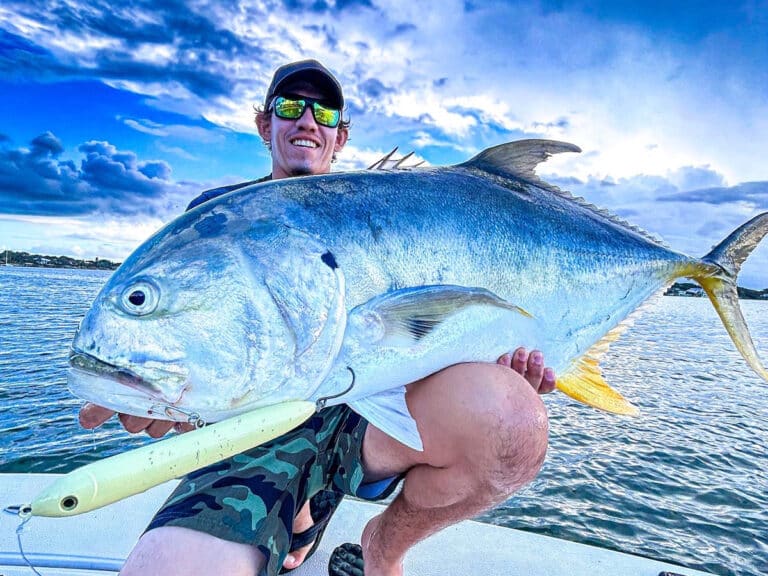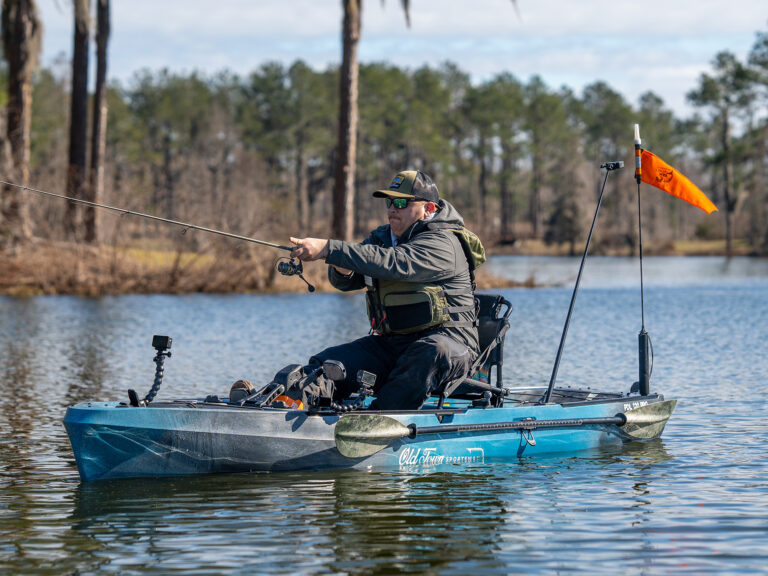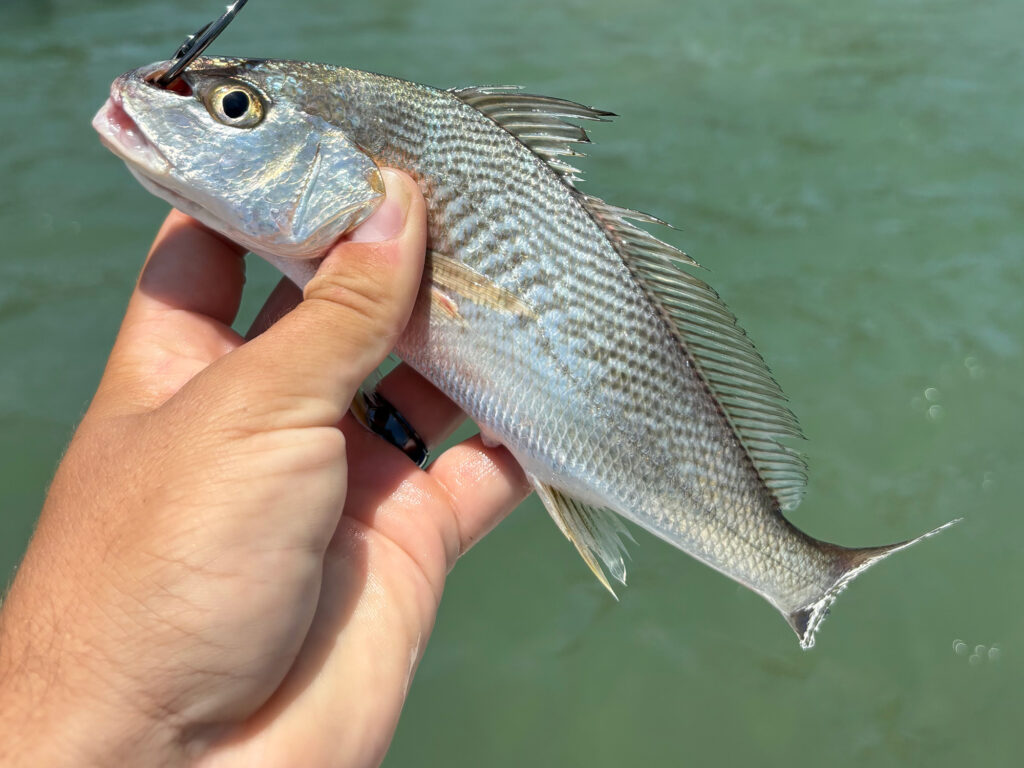
The introduction around two decades ago of small, live croakers as summertime spotted seatrout bait forever changed Texas coastal fishing and ruffled a lot of salty feathers. Croakers breathed fresh life into a formerly rough patch of hot-season trout fishing one livewell or yellow wading bucket at a time. That pulse has grown stronger with every subsequent season. And now, as gauged by the length of pre-dawn lines at bait camps, it may well be a majority of fishermen who proudly embrace their designations as “croaker soakers.”
And why not? They’re the ones catching the most fish through the hottest months. And they were catching all the more spotted seatrout, prime spawners, when the daily limit on trout was still 10 statewide. So many, in fact, that a sagging trout population in the early 2000s, as measured by annual gillnet surveys conducted since 1974, was attributed by many anglers as primarily the fault of little croakers on big hooks.
Finger-pointing occasionally turned into dockside shouting matches and sometimes worse between those who did and those who would never use croakers as bait. That level of confrontation has subsided, thankfully, mostly because the Texas Parks & Wildlife Department (TPWD) enacted countermeasures to repair a substantially broken population.
Texas Trout Numbers Aren’t What They Used to Be
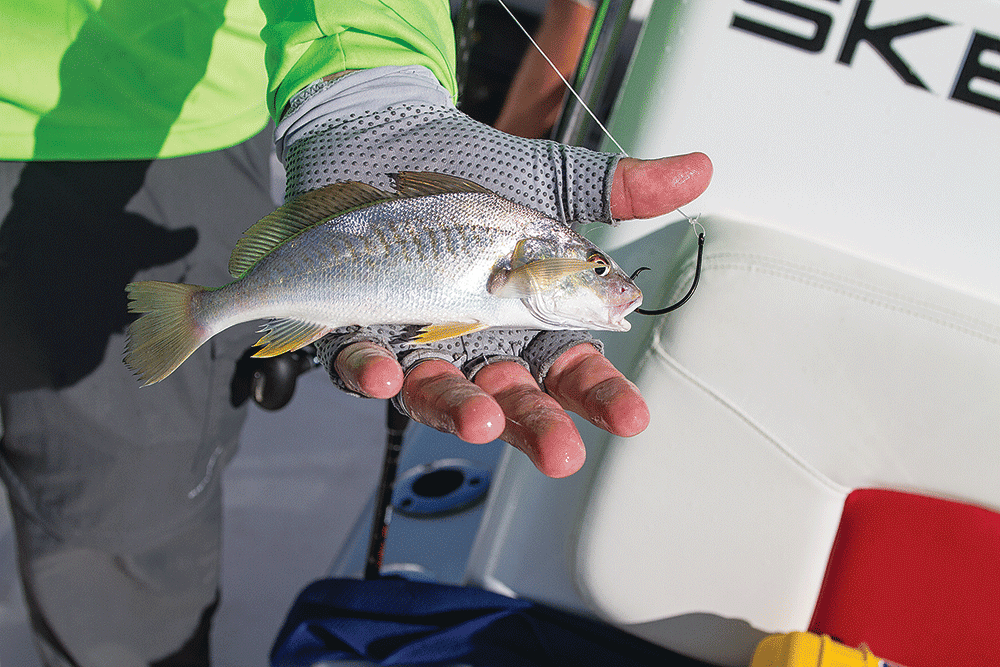
As a test, in 2007, TPWD rolled out a five-fish limit along the lower Texas coast. It worked. In 2014, perhaps a little late, that five-fish bag was extended northward roughly to Matagorda. And in 2019, five fish daily became the rule along all 700-plus miles of Texas coastline.
The latest reduction, to three fish daily statewide against a 15- to 20-inch slot (with a special annual license tag for one over-slot fish that won’t be used often by Texas’ conservation-minded anglers), started this past spring. It came none too soon. From inception, croakers replaced light stringers with easy limits of prime, spawning-class trout. So easy, in fact, that many guides did and still do book two trips daily — sometimes with guaranteed limits. Croakers are that irresistible to speckled trout.
The fate suffered by spawning-class croakers was worse. There are enough, as we see by how many are caught and sold for bait each summer, but relatively few if measured against previous counts. Yesteryear’s croakers routinely weighed 2 pounds. In the dawn of summertime croaker soaking, in 2002, Texas even produced a new state record for the species. That beauty of a beast was 29 inches long and weighed 5.47 pounds. The record stands today, and I’ve neither seen nor heard of a croaker heavier than 3 pounds since.
It’s trout that rule in Texas, though, and the sinking of the croaker population hasn’t drawn many tears. So long as there are enough spawning croakers — perhaps opening a fish-farming opportunity — there will be buyers at any price. Early on, live croakers fetched maybe a quarter each, a little less if you wanted to load the well. Today, with demand on the rise and no comparable alternative, the little baits fetch as much as a dollar per croak.
Bait trawlers love their pay raise. Shorter drags, necessary to keep juvenile croakers alive, burn less fuel. Similarly to how Paul Prudhomme buried a leather-tough bull redfish fillet in rich spices, shrimpers have found a way to turn low-value bycatch into a high-profit commodity.
Refreshed Texas Trout Regulations
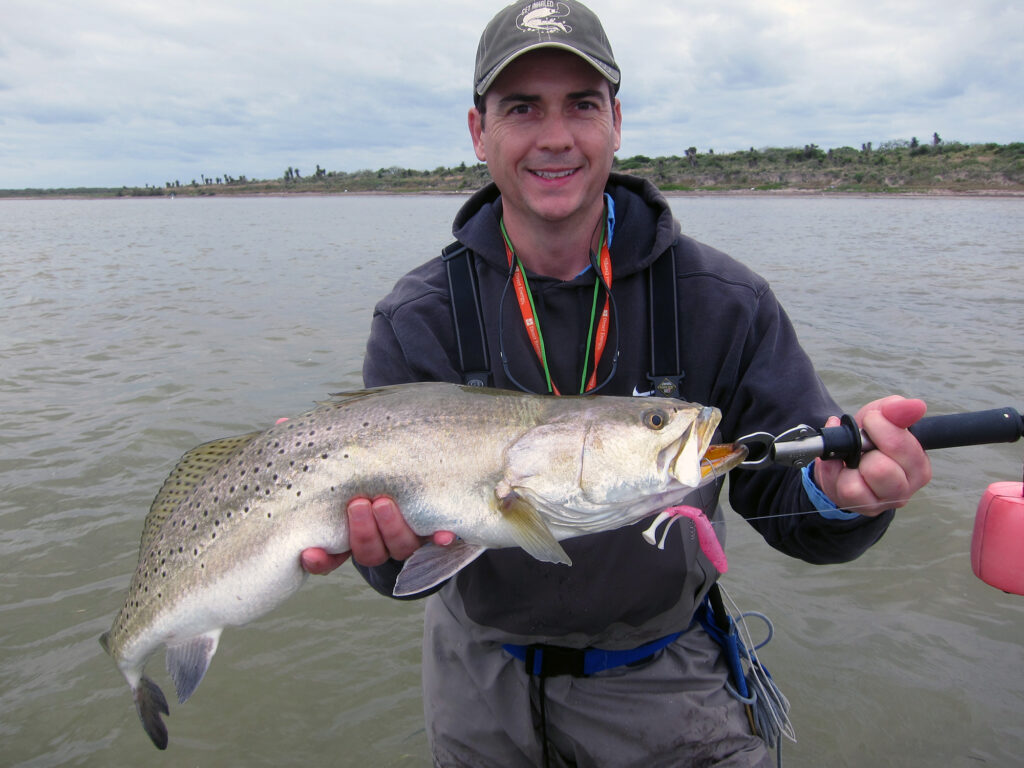
Instead of banning the popular bait, as suggested routinely in recent years, TPWD is rebuilding its trout population — in quantity and quality — by common-sense harvest reduction. No closed season, thankfully, but a shorter stringer that shifts from reactive to proactive on enhancement of this precious fishery.
There was a halfway organized movement to have croakers declared gamefish in Texas, the same status enjoyed by trout and reds. It got exactly as far — nowhere — as the idea of banning croakers as bait. Worth noting, requests for input from guides and recreational fishermen prior to writing this story fell mostly on deaf ears. Common goals heal many wounds, especially since Texas trout appear to be on a good track.
The focus now, with a no-nonsense limit in place that can’t help but improve this fishery by every measure, is on enhancement and on an excellent path to success. Even with croakers on every other boat, nearly every boat on some bays, the three-fish daily limit enables Texas trout to increase their population overall, and that top-end slot of 20 inches gives bigger fish the chance to become giants. Collectively, Texas trout fishermen are on board and eager to reap the benefits of their sacrifice.

